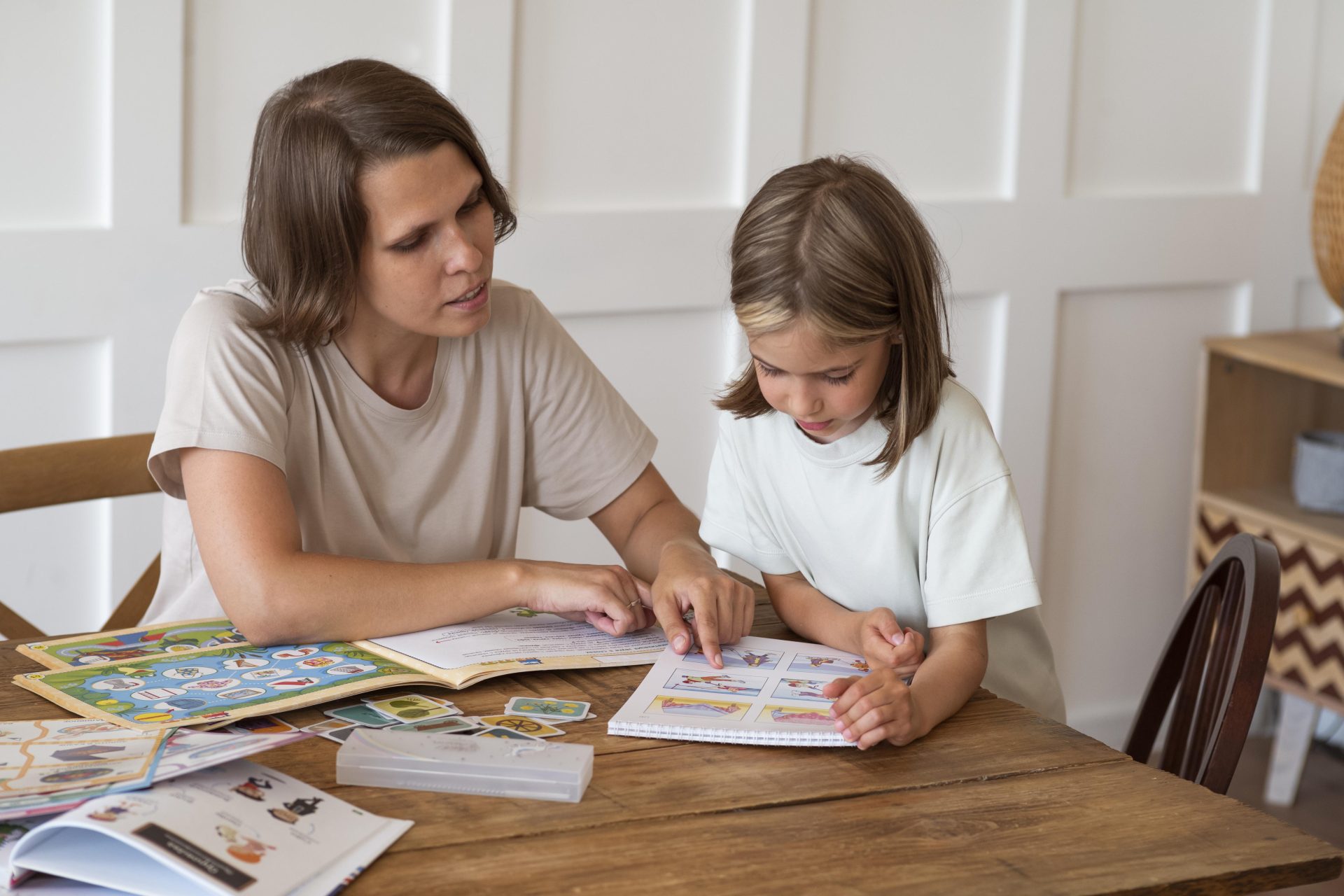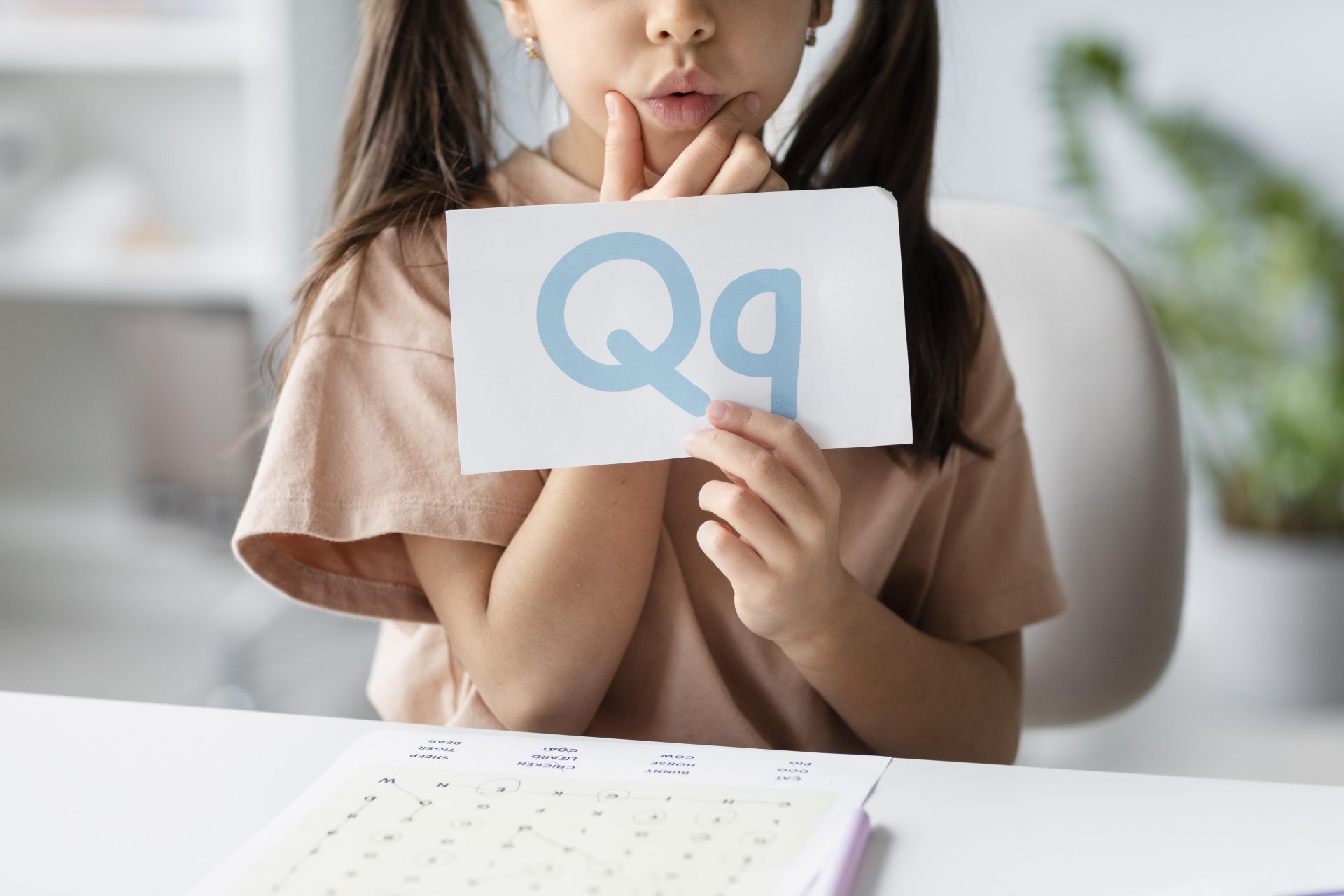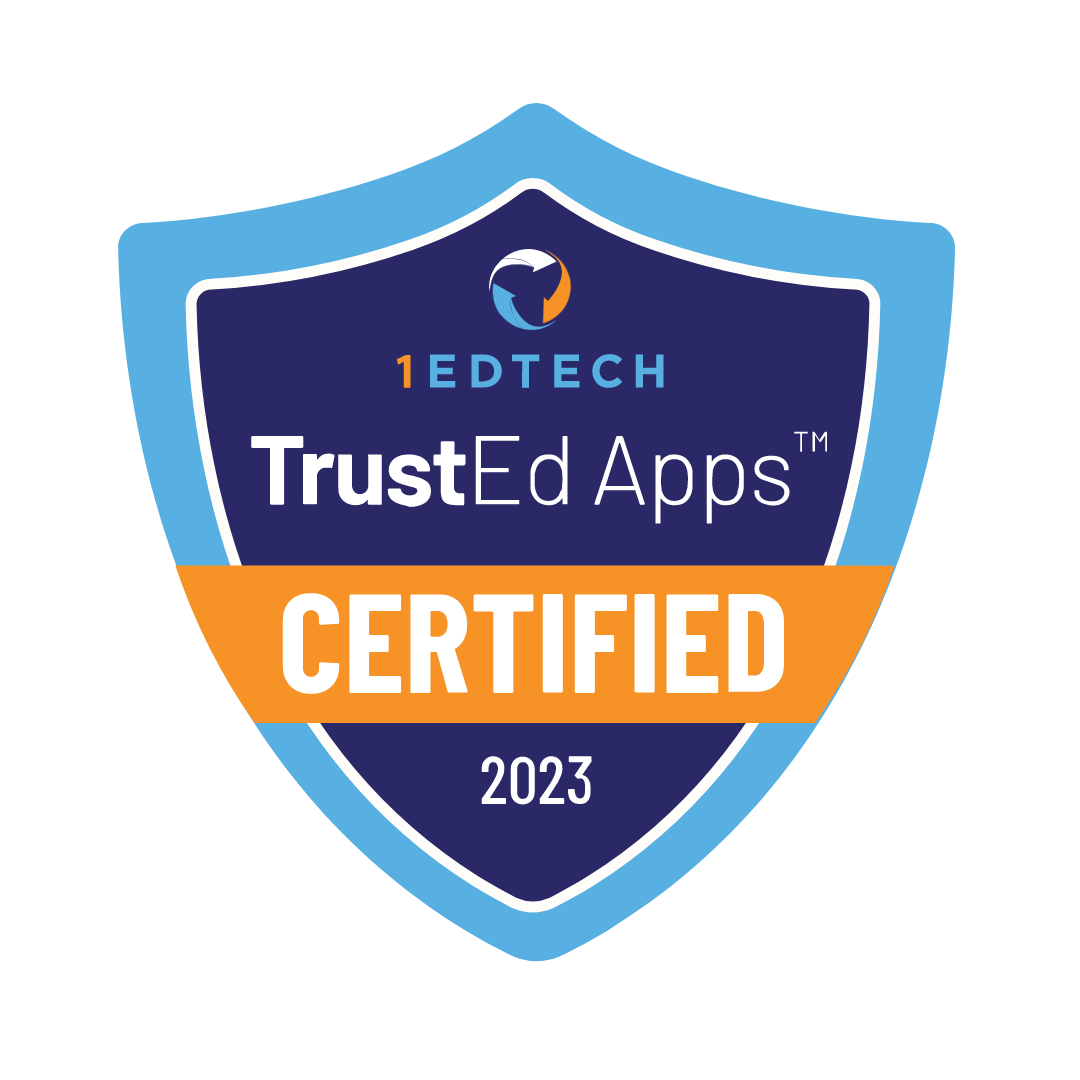Contents
- 1 Исследовательская учебная программа для больных дислексией
- 2 Обучение чтению и письму учащихся с дислексией
- 3 Развитие основных навыков у учащихся с дислексией
- 4 Индивидуализация образования с учетом дислексии
- 5 Оценка учебных материалов для домашнего обучения
- 6 Сотрудничество для более эффективного домашнего обучения
Исследовательские образовательные программы, разработанные для людей с дислексией, оказывают положительное влияние. Эти специализированные учебные программы разработаны с учетом проблем, с которыми сталкиваются люди, что приводит к успешным результатам обучения там, где традиционные подходы могут оказаться неэффективными. Известные методики, такие как Ортон-Гиллингем и система чтения Уилсона, получили признание благодаря своей доказанной эффективности. Речь идет не только о навыках грамотности, но и о достижении мастерства в воспитывающей домашней обстановке. Принятие мер по расширению возможностей вашего ребенка начинается здесь, с этих ресурсов.
Исследовательская учебная программа для больных дислексией

Поиск программы для ребенка с дислексией может оказаться непосильной задачей, но это не обязательно должно быть трудновыполнимо. Вам нужна программа, которая была тщательно протестирована и доказала свою эффективность в решении проблем, с которыми сталкиваются ученики на своем образовательном пути. Давайте углубимся в некоторые известные программы, основанные на исследованиях и получившие признание за их успех в поддержке учащихся.
Одна из таких программ – метод Ортона Гиллингема, который включает в себя мультисенсорные техники, помогающие ученикам с дислексией развить сильные навыки грамотности. Этот интерактивный подход предполагает задействование органов чувств путем включения таких видов деятельности, как письмо и чтение с использованием материалов, обеспечивающих более целостный опыт обучения. Система чтения Уилсона – еще одна научно обоснованная программа, которая направлена на развитие навыков осознания и декодирования с помощью прогрессивного подхода.
Система Бартона – еще один популярный выбор, известный своей структурированной, кумулятивной и мультисенсорной формой обучения. Систематически обучая правилам структуры английского языка, она вооружает учеников необходимыми инструментами для декодирования и кодирования письменной речи. С другой стороны, учебная программа «Все о чтении» фокусируется на сочетании элементов фоники и распознавания слов, что позволяет удовлетворить различные стили обучения и обеспечить индивидуальный прогресс.
Для интерактивного и увлекательного обучения программа Nessy Learning Program предлагает ряд инструментов и ресурсов, разработанных для решения проблем дислексии. Программа ориентирована на поддержание мотивации учащихся. Это отличный вариант для семей, обучающихся на дому. Они ищут яркий и интерактивный подход к обучению грамоте.
Эти комплексные программы предназначены для учащихся с дислексией. Они разработаны с учетом их потребностей. Они дают родителям и педагогам информацию, необходимую для принятия взвешенных решений. Они смогут убедиться, что их ребенок получает правильную поддержку в соответствии со своим стилем обучения.
Вооружившись эффективными ресурсами, предназначенными для учащихся с дислексией, следующим шагом будет понимание эффективных стратегий обучения основным навыкам чтения и письма. Давайте рассмотрим стратегии, которые существенно меняют образовательный путь учащихся с дислексией.
Обучение чтению и письму учащихся с дислексией

Обучение школьников чтению и письму требует стратегии, учитывающей их индивидуальные потребности в обучении. Рекомендуемая методика – это подход, который предполагает одновременное стимулирование различных органов чувств для улучшения понимания и памяти. Используя сенсорные, звуковые и зрительные методы, учащиеся с дислексией могут укрепить свои способности к обучению грамоте в соответствии с их личными предпочтениями.
Для тактильного обучения педагоги могут использовать наждачную бумагу или текстурированные материалы, которые позволяют учащимся физически прорисовывать формы букв и слов. Этот сенсорный опыт улучшает распознавание и запоминание буквенных образований, помогая учащимся с дислексией понять взаимосвязь между звуками и письменными символами. Кроме того, ассоциирование звуков с действиями способствует развитию слухового восприятия, когда учащиеся могут связать определенные звуки с соответствующими движениями или жестами. Использование наглядных пособий, таких как красочные плакаты, диаграммы и письменные ключевые моменты, обогащает визуальный опыт обучения, способствуя лучшему пониманию и запоминанию.
Представьте себе ученика с дислексией, который использует буквы из наждачной бумаги в домашнем обучении. Проводя пальцами по текстурированной поверхности, ощущая форму каждой буквы, он начинает устанавливать связь между тактильными ощущениями и связанным с ними звуком. Благодаря этому мультисенсорному опыту ученик вовлекается в изучение материала на нескольких уровнях, укрепляя свое понимание языковых моделей.
Кроме того, фонологическая грамотность имеет первостепенное значение для развития базовых навыков чтения и письма у учащихся с дислексией. Это предполагает акцент на фонике. Также необходимо уделять внимание фонемному сознанию и делению на слоги. Все это укрепит их способность распознавать и изменять звуки языка.
Рассмотрим, как ученик с дислексией будет заниматься фонологической грамотностью во время домашних занятий. Благодаря целенаправленным упражнениям и ресурсам, представленным на нашем сайте, они развивают навыки распознавания буквенно-звуковых ассоциаций и различения отдельных фонем в словах. Такая целенаправленная практика позволяет им справляться с заданиями по чтению и письму с большей беглостью и точностью.
Применяя мультисенсорный подход и делая акцент на фонологической осведомленности при обучении чтению и письму, педагоги могут эффективно развивать навыки грамотности у учащихся с дислексией в условиях домашнего обучения. Эти адаптированные стратегии учитывают различные стили обучения. Они также закладывают прочный фундамент для академического успеха.
Теперь давайте переключим наше внимание на изучение комплексных методик развития основных навыков, которые позволят учащимся с дислексией добиться успехов в учебе.
Развитие основных навыков у учащихся с дислексией

У каждого ребенка есть свои сильные стороны и проблемы. Для учеников с дислексией очень важно понимать, что их путь в образовании может отличаться от других. Но это не значит, что они не смогут добиться успеха. Адаптация стратегий для удовлетворения потребностей учащихся с дислексией необходима для развития их навыков чтения, письма, правописания и математики.
Создание индивидуальных планов обучения – важнейшее условие для того, чтобы учащиеся с дислексией получали необходимую помощь. Эти планы составляются таким образом, чтобы выявить сильные и слабые стороны каждого ученика и наметить план его развития. Подбирая учебные материалы и ресурсы, учителя могут установить рамки, которые соответствуют подходу каждого ученика к обучению. Наша платформа предоставляет ряд ресурсов и инструментов для разработки учебных планов для учащихся с дислексией, позволяя педагогам и родителям эффективно поддерживать своих детей на их образовательном пути.
Обеспечивая индивидуальную поддержку, эти планы позволяют учащимся с дислексией развивать свои навыки в собственном темпе, одновременно развивая их сильные стороны в области критического мышления, решения проблем, рассуждений и формирования концепций, как это предусмотрено моделью «Море сильных сторон».
Интеграция вспомогательных технологий
Еще одним важным аспектом развития способностей у людей с дислексией является использование технологий. Эти ресурсы играют важную роль в поддержке учащихся, сталкивающихся с трудностями, а подходы к обучению предоставляют альтернативные средства для восприятия информации и демонстрации своего понимания.
Интеграция речевых программ, аудиокниг и платформ адаптивного обучения может оказать неоценимую поддержку учащимся с дислексией в развитии основных навыков. Программное обеспечение для преобразования речи в текст позволяет учащимся выражать свои мысли с помощью устной речи, а не письменного текста, минуя трудности, связанные с созданием письменной речи. Аудиокниги открывают двери в литературу и позволяют учащимся с дислексией получить доступ к контенту на своем когнитивном уровне, не испытывая трудностей с декодированием письменного текста. Кроме того, адаптивные обучающие платформы предлагают персонализированное обучение с учетом уникального профиля обучения каждого ученика.
Они могут использовать индивидуальные планы обучения и вспомогательные технологии. С помощью этих инструментов учащиеся с дислексией могут отправиться в образовательное путешествие. Оно учитывает их потребности и дает им возможность преуспеть в школе и за ее пределами.
Индивидуализация образования с учетом дислексии

При обучении ребенка с дислексией дома очень важно быть адаптивным. У каждого ученика свой способ обучения, и дети с дислексией могут учиться в своем темпе и в своем стиле. Важно приспособить режим домашнего обучения к этим потребностям. Это включает в себя перерывы и занятия, которые соответствуют их сильным сторонам и увлечениям.
Например, если ученик с дислексией чувствует себя подавленным после долгого чтения или письма, ему может быть полезно делать небольшие перерывы между занятиями. Во время таких перерывов занятия физической культурой или творчеством могут помочь восстановить силы и переключить внимание. На нашем сайте представлены образцы расписаний и адаптируемые расписания, специально разработанные для того, чтобы помочь учащимся с дислексией максимально реализовать свой потенциал.
Некоторые ученики могут найти успокоение и сосредоточиться на художественных занятиях, таких как рисование или живопись, в то время как другие могут извлечь пользу из практических занятий, таких как создание моделей или поделок. Добавив эти разнообразные занятия в распорядок дня, родители смогут поддерживать мотивацию и вовлеченность ребенка в процесс обучения.
Мультимодальное обучение
Чтобы удовлетворить предпочтения студентов в обучении, необходимо использовать различные подходы к преподаванию, а также гибкое расписание. Использование модального обучения, сочетающего визуальные, аудиальные и практические методы, может улучшить запоминание информации и повысить общий уровень понимания. Например:
Визуальные: использование наглядных пособий, таких как диаграммы, графики и иллюстрации, может помочь учащимся с дислексией более эффективно обрабатывать информацию.
- Аудирование: Использование аудиокниг или подкастов может обеспечить альтернативный подход к получению доступа к учебным материалам.
- Кинестетик: Участие в практических занятиях или интерактивных проектах способствует опытному обучению и углубляет понимание.
На нашем сайте представлен широкий спектр мультимодальных методик обучения, разработанных с учетом специфических потребностей учащихся с дислексией. Применяя этот целостный подход к образованию, родители могут создать динамичную учебную среду, которая будет способствовать развитию сильных сторон и способностей их ребенка с дислексией.
Родители могут составлять индивидуальные графики домашнего обучения. Они могут использовать мультимодальные стратегии обучения. Это поможет им удовлетворить уникальные потребности ребенка с дислексией. Это будет способствовать развитию благоприятного образования, которое обогатит их самих.
Оценка учебных материалов для домашнего обучения

Выбирая учебные материалы для домашнего обучения ребенка с дислексией, важно учитывать специфические особенности, которые могут повысить качество его обучения.
Особенности доступности
Выбор ресурсов со встроенными функциями доступности, специально разработанными для учащихся, имеет решающее значение. К таким функциям можно отнести шрифты, дружественные дислексии, возможность регулировать размер текста и интерактивные инструменты для обучения. Шрифты, дружественные к дислексии, разработаны для повышения удобочитаемости благодаря дизайну букв и расстояниям между ними, чтобы уменьшить сложность. Настраиваемые размеры текста позволяют учащимся адаптировать чтение в соответствии со своими потребностями. Кроме того, интерактивные учебные пособия могут значительно повысить вовлеченность учащихся. Повысить удовольствие от процесса обучения.
Например, цифровые платформы с настраиваемыми параметрами текста и аудиоподдержкой могут учитывать различные стили обучения, позволяя учащимся с дислексией получать доступ к контенту с учетом их уникальных требований. Такие ресурсы способствуют персонализации обучения. Они также предоставляют возможность мультисенсорного взаимодействия. Это особенно полезно для учащихся с дислексией.
Увлекательный контент
При оценке ресурсов важно искать материалы, которые представлены в интерактивной форме. Студентам с дислексией полезно изучать увлекательные материалы, которые способствуют участию и создают атмосферу обучения. Использование таких методов, как игры, мультимедийные средства и визуально привлекательные материалы, может заинтересовать учащихся с дислексией и одновременно закрепить важные идеи.
Образовательные ресурсы, предлагающие мультимодальную подачу контента, сочетающую визуальные, слуховые и кинестетические элементы, представляют значительную ценность для учащихся с дислексией, поскольку они предпочитают разнообразные виды сенсорного воздействия. Благодаря включению таких увлекательных элементов, как анимированные иллюстрации, аудиоповествование и интерактивные викторины, эти материалы обеспечивают обогащенный опыт обучения, который соответствует сильным сторонам учащихся с дислексией. Использование увлекательного контента не только улучшает понимание, но и способствует возникновению чувства удовольствия и удовлетворения от процесса обучения.
Таким образом, при оценке учебных материалов для учащихся с дислексией, обучающихся на дому, приоритет отдается функциям доступности и увлекательному содержанию, что может значительно способствовать благоприятному и обогащающему процессу обучения. Веб-сайты предлагают подробные обзоры и информацию о доступности ресурсов для домашнего обучения. Они служат ценными путеводителями. Они помогают родителям и педагогам принимать взвешенные решения. Они подбирают материалы, которые наилучшим образом отвечают потребностям учащихся с дислексией.
А теперь давайте посмотрим, как совместная работа может поднять уровень домашнего обучения на новую высоту.
Сотрудничество для более эффективного домашнего обучения

Иногда домашнее обучение может казаться одиноким занятием, но это не так. На самом деле, привлечение других педагогов и участие в группах поддержки может значительно улучшить опыт домашнего обучения, особенно когда речь идет об индивидуальном обучении учащихся с дислексией.
Создание сети поддержки
Обращение за профессиональной консультацией
Родители играют определенную роль как учителя в домашнем обучении, но для дополнительной поддержки полезно проконсультироваться с педагогами-терапевтами, специальными педагогами и экспертами по дислексии. Совместная работа с этими специалистами поможет создать стратегии и мероприятия, адаптированные к потребностям учащихся с дислексией, обучающихся на дому.
Наш сайт предлагает каталог профессионалов и специалистов, которые предоставляют консультационные услуги, специально разработанные для домашнего обучения и дислексии. Эта платформа позволяет родителям обращаться за советом к экспертам и устанавливать связи с профессионалами, которые хорошо понимают проблемы, связанные с домашним обучением и дислексией.
Сотрудничая со специалистами, родители могут получить ценные сведения о лучших методах обучения, специализированных инструментах и приемах, которые могут максимально повысить учебный потенциал их ребенка. Профессиональные консультации также дают возможность оценить прогресс и при необходимости адаптировать учебную программу для домашнего обучения.
Сотрудничество – мощный инструмент в домашнем обучении. Оно связывает родителей с сетью поддержки и обеспечивает доступ к экспертным знаниям. Это может значительно улучшить образование учащихся с дислексией.
В сложной паутине домашнего обучения сотрудничество – мощная сила. Оно обеспечивает рост и успех учащихся с дислексией. Взаимодействие – ключевой момент. Она укрепляется благодаря участию сообщества и профессиональным консультациям. Это краеугольный камень эффективного персонализированного обучения.
Успех вашего ребенка в будущем – наша главная цель в онлайн-школе Legacy. Посетите наш сайт чтобы изучить многочисленные возможности онлайн-школы Legacy.
Ознакомьтесь с программами онлайн-школы Legacy:
Начальная школа онлайн-школы Legacy Программа задает высокую планку. Это качественное образование. Мы стремимся разжечь любопытство. Мы также стремимся развивать творческие способности. Мы предлагаем сильную учебную программу. В этом нам помогают квалифицированные педагоги.
Средняя школа Legacy Online обеспечивает цифровое образование. Она предназначена для учеников средней школы. Школа гордится тем, что предлагает живые онлайн-уроки, которые ведут сертифицированные преподаватели. Занятия проходят в режиме онлайн и в интерактивном режиме.
Онлайн-школа Legacy это уникальный метод онлайн-обучения, специально разработанный для старшеклассников. Он сочетает в себе синхронное обучение, широкий спектр педагогических методов и акцент на доступности.
Онлайн-школа Legacy предлагает лучшие учебный план
Наша строгая учебная программа гарантирует, что выпускники будут хорошо подготовлены к университетам и рабочим местам по всему миру. Кроме того, наши яркие виртуальные клубы объединяют студентов по всему миру.





